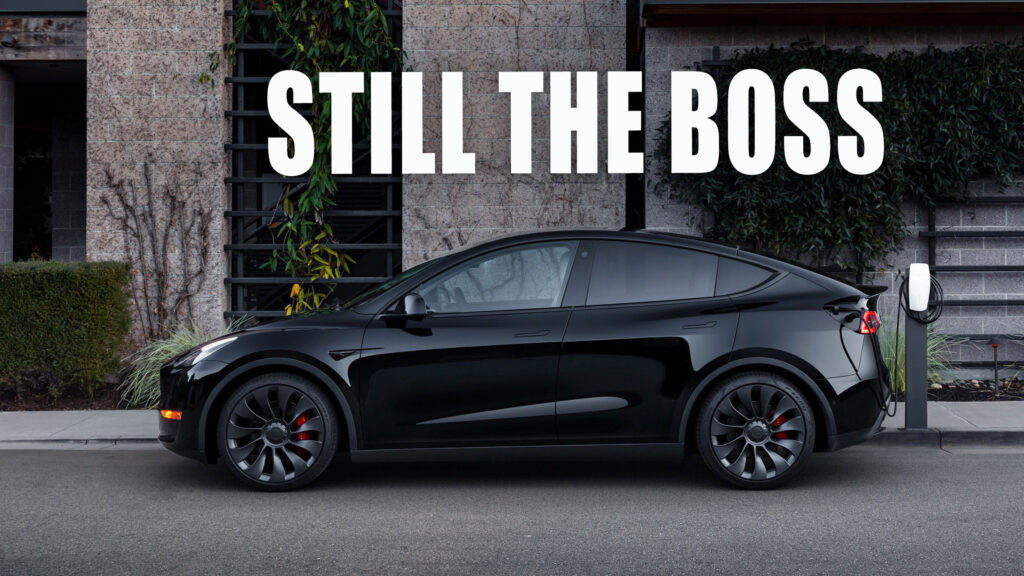American drivers with a taste for the finer things in life are increasingly switching to cars with electrified engines. Sales of luxury vehicles with some kind of electric motor under the hood accounted for a record 42.4 percent of the overall segment in September, up from a mere 19 percent for the same month in 2019.
You might theorize that some cars in the luxury sector have evolved and now come with hybrid power regardless of whether buyers are specifically looking for it. You might also posit that the boom is down to more automakers entering the luxury EV space. But the data says it’s still Tesla doing all the driving in this trend.
Figures from S&P Global Mobility reveal that other brands account for only 14 percent of electrified vehicles’ 42.4 percent share of the luxury market when Tesla has been removed from the equation. That 14 percent breaks down to 9 percent for BEVs, a micro-segment that has been steadily growing, and 5 percent for hybrids and PHEVs, which hasn’t. The lack of growth by hybrids is interesting because those powertrains have really taken off among non-luxury cars, where their growth is outpacing that of BEVs.
Related: Over 300,000 EVs Sold In The U.S. In Q3, Tesla Market Share Drops To 50 %
And despite other automakers bringing their own EVs to market over the last four years, Tesla has managed to increase its share over the overall luxury segment (regardless of power type) during the same period, up from 19 percent at the beginning of 2019 to 29 percent in September of this year, the study’s authors say. Critics, however, might argue that the introduction of the Model Y has fueled that growth, and that the Model Y isn’t really a luxury car.
Here’s one final nugget from S&P Global Mobility’s study: 90-95 percent of luxury EV households also have an ICE vehicle of some kind in the fleet. While wealthy buyers are increasingly happy to step into the future and buy a luxury EV, they’re also keeping one foot in the familiar combustion-powered past, at least for now.




